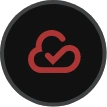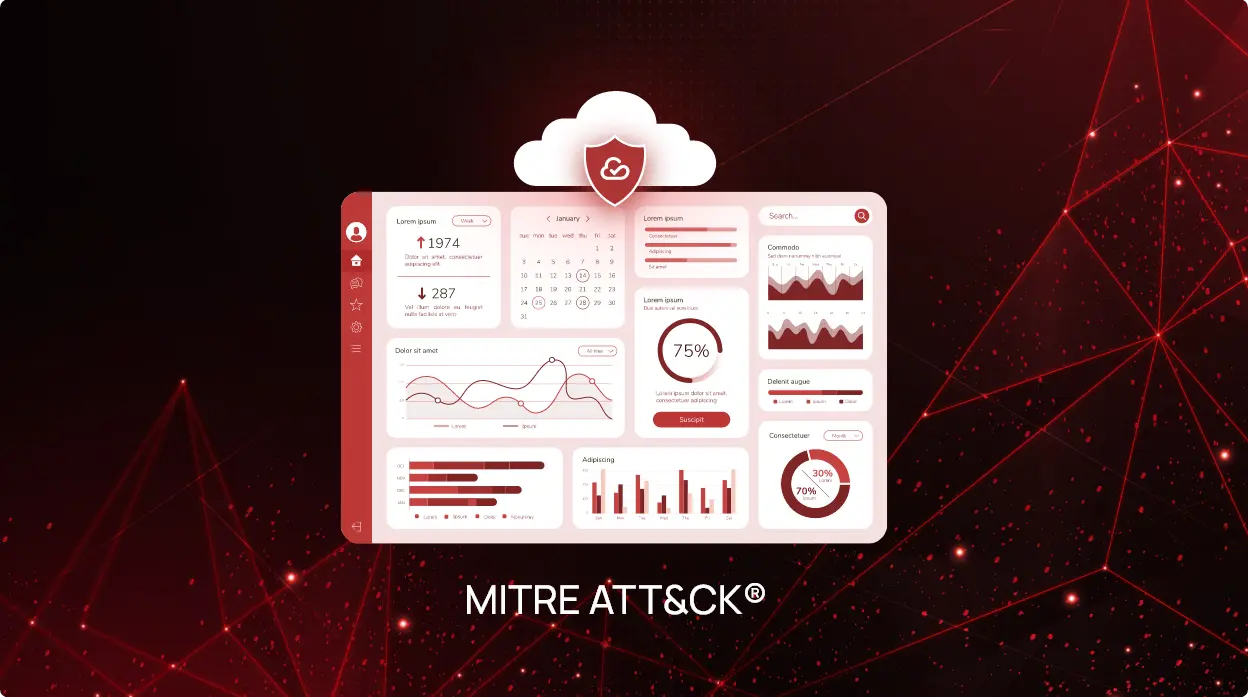
CheckRed Editorial
Security shortcomings in the SaaS landscape

As organizations continue to leverage SaaS applications for running critical aspects of their business, security risks remain a crucial point of concern. These SaaS apps store large volumes of sensitive data, access permissions, workforce identities, and customer information. However, organizations do not have complete visibility and control to prevent security incidents.
Proactive measures must be taken to address potential security shortcomings such as sensitive data breaches, that can lead to regulatory, compliance, and contractual issues. In this blog, we explore common SaaS security challenges and provide actionable insights for improving the security for SaaS applications and ensuring the integrity of business operations.
SaaS security risks: Why do they happen?
Security shortcomings within SaaS applications can be attributed to a variety of factors. One of the primary reasons is the shared responsibility model. This is where the SaaS provider is responsible for securing the infrastructure, while the customer is responsible for securing their data. This overlap of responsibilities can lead to misconfigurations and oversights that result in vulnerabilities.
Another reason for security shortcomings in the SaaS market is the challenge of keeping up with the ever-evolving threat landscape. As new threats emerge, SaaS providers may not have the resources or expertise to quickly address them, leaving their customers’ data exposed.
In addition, these applications often have a large attack surface, with multiple entry points for cyber criminals to exploit. This can include APIs, web-based interfaces, and integrations with other applications, all of which can potentially lead to SaaS security incidents if not properly secured.
Finally, the rapid pace of SaaS adoption can lead to a lack of security planning and implementation, as companies may prioritize functionality over security in the rush to implement new software. This can result in insufficient controls and increase the risk of security incidents.
To mitigate these shortcomings, it’s important for SaaS customers to understand their responsibilities and implement appropriate security controls, such as data encryption, access controls, and monitoring. It is also recommended that they regularly assess the SaaS app security posture and stay informed about the latest security threats and best practices for mitigating them.
The problem with using outdated SaaS security measures
Enterprises face a number of challenges when it comes to securing their SaaS environment, including manual processes, poor visibility, unauthorized access, and third-party integrations.
Manual processes
Organizations that utilize manual processes are susceptible to more types of security incidents.
Manual processes can lead to oversights and inconsistencies within security configurations. They can also result in a lack of standardization, making it difficult to ensure that best security practices are consistently followed across the SaaS environment. To mitigate the challenges posed by manual processes, it is recommended to automate security configuration and management processes and implement continuous monitoring and reporting capabilities.
Poor visibility
When an organization employs manual processes to monitor their SaaS app security, they are more likely to lack visibility of security controls.
SaaS environments are complex, dynamic, and often span multiple cloud services, making it difficult to maintain visibility and control. Without visibility into the SaaS app security posture, it can be challenging to detect and swiftly respond to security incidents, leading to an increased risk of data breaches and loss of sensitive information.
Unauthorized access
Most organizations are not able to identify a breach or exposure in a SaaS app within minutes
Unauthorized access can result in data breaches, loss of sensitive information, and intellectual property theft. In addition, it can also compromise the integrity and confidentiality of data stored in SaaS environments, leading to reputational damage and loss of customer trust. It is vital to implement robust access controls and multi-factor authentication. Additionally, regularly monitoring and reviewing access logs can help detect and respond to unauthorized access attempts.
Third-party integrations
Not all organizations are able to have appropriate visibility into third-party integrations that have privileged access to their SaaS apps.
Third-party integrations can expand the attack surface and introduce new security risks, such as vulnerabilities in the third-party software, unauthorized access to sensitive information, and data breaches. To mitigate the challenges posed by third-party integrations, it is recommended to implement security best practices and conduct regular security assessments and penetration testing. Organizations should also carefully vet third-party providers and their integrations and implement SaaS security measures such as built-in security features, access controls, and encryption to protect sensitive information.
Addressing shortcomings and improving security for SaaS applications
Security risks can compromise the availability of critical systems and applications, leading to disruptions in business operations and lost revenue. Furthermore, security shortcomings within SaaS apps can also hinder organizations from realizing the full potential of SaaS solutions which can limit their ability to innovate and remain competitive.
Organizations should improve the security for SaaS applications in order to protect their sensitive information, maintain the confidentiality and integrity of data, and comply with regulatory requirements. Organizations allocate a significant amount of time reviewing SaaS security controls for regulatory compliance. This time could be redirected towards more impactful security initiatives, such as utilizing automated solutions to remediate SaaS app security weaknesses.
It is essential for enterprises to stay informed about the latest security risks and best practices, and to continuously evaluate and enhance their security measures to stay ahead of potential security incidents. An automated SSPM solution that helps increase visibility, provides actionable alerts and insights, and continuously monitors SaaS apps is a must-have for any enterprise.
CheckRed provides an all-encompassing view of SaaS assets. By ensuring complete visibility and ongoing monitoring of SaaS environments, the risk to the organization is minimized through the detection of any changes that may pose a threat. Speak to us to learn more about how you can enhance the security for SaaS applications.
See CheckRed in Action
Dive into the future with our interactive demo
and explore the possibilities.
Related Posts





